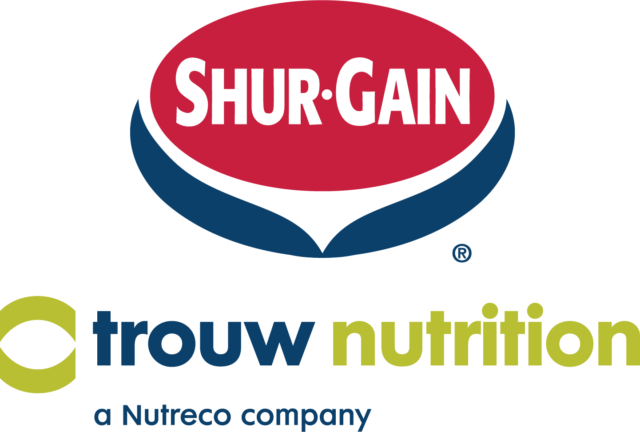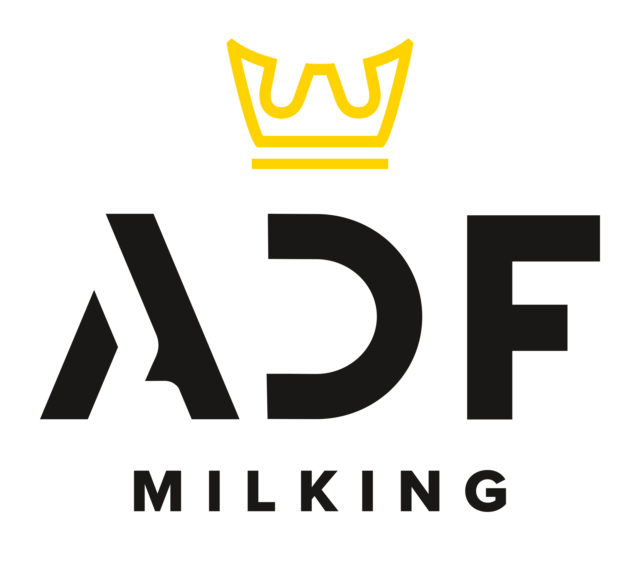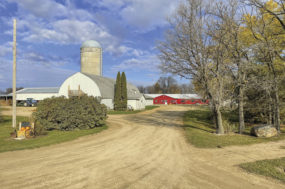Food, clothing and shelter, the basic essentials of life. From the earliest caveman to modern soccer mom, from the Palestinian refugee to the Katrina victim, from the Dali Lama to Dolly Parton, first on the list is something to eat, something to wear, and someplace to live.
Food is first on the list because it is most essential. As has been said, “When you have lots to eat, you have lots of problems; when you don’t have enough to eat, you have one problem.”
The latest eco-news/slant de jour is the hysteric “discovery” that ruminants (enteric fermentation) release more methane into the atmosphere than cars (mobile transportation). In fact, they release many times more, though it stays in the atmosphere a much shorter time than carbon dioxide. But it’s too bad they can’t mention that methane is only one of the big three greenhouse gases, along with carbon dioxide and nitrous oxide.
All of agriculture produces only 5.87 percent of all greenhouse gas. Energy production and use (coal, oil, natural gas and transportation) is responsible for a whopping 86.3 percent! And transportation (cars and trucks) accounts for 33 percent of all those fossil fuel emissions! Do the math.
My friends, the statistics are dense and are manipulated regularly by partisan promoters; be they farmers, coal miners, Arabian sheiks, dump divers or used car dealers.
The question should involve a cost/benefit analysis. What can each segment do to improve the way each contributes to supplying the basic essentials of food, clothing and shelter? Because, admit it, we don’t want them to stop making electricity, gasoline or corn.
I am part of the agricultural sector who contributes 5.87 percent of the total emissions. We have made tremendous strides allowing domestic ruminants to become more efficient. For instance, we have learned that free-range grazing animals emit the most methane, so the sooner we can get grower cattle in the feedlot on grain, the better to reduce emissions.
Through genetics, nutrition, growth stimulants, vaccines, therapeutic and preventive medicines, and improved transportation, we are producing more meat and milk per pound of feed from fewer and fewer animals. The less feed per pound of milk or meat produced, the less enteric fermentation occurs per cow, and less emissions are being released into the atmosphere.
For their part, coal companies reclaim abandoned coal pits, electric companies install filters, green politicians prevent construction of oil refineries in the U.S and drilling off our coast, entrepreneurs explore solar, wind, tide, geothermal, hydrogen and compost energy sources. I think as a nation we are mobilizing quite well.
The solutions to providing food, clothing and shelter for us will come through the diligent persistence and inventiveness of our own miraculous human race. The teeter-totter of industry versus caution keeps us balanced. Sometimes the relationship is noble, like when an oil company or computer magnate donates wealth to the cause above and beyond partisan lobbying.
Unfortunately, on the tawdry side we have the likes of the cap and trade shell game played by middlemen pitting amoral producers against greasy-palmed environmentalists. Alas, they have been with us since Jesus threw them out of the temple.
So, conceding that in the U.S. 30 million cows emit more methane than cars and that 125 million cars produce more total greenhouse gases than cows, which is worse for our environment? Hard to say which is more essential – agriculture or transportation? How long can you live without driving? PD




